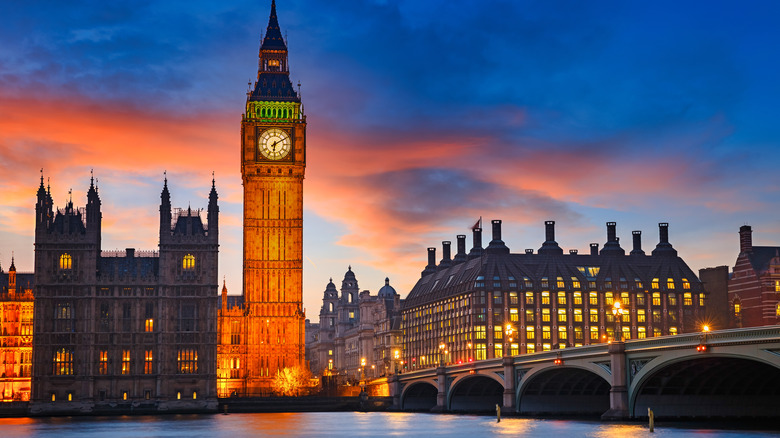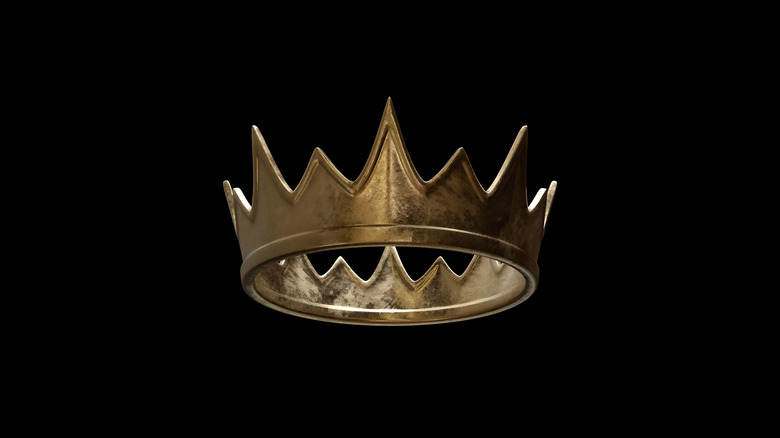Once A Year The City Of London Pays The Crown A Bizarre Tax
Taxation. The word alone elicits a general sort of angst amongst populations across the globe. No matter where you live — be it the United States, Canada, Australia, or Great Britain — everybody has an opinion on taxes. Some of us admire a monetary system that collects funds from a country's citizenship to subsidize different programs/national ventures, and some of us abhor the notion of a governmental entity taking a piece of our hard-earned profits and might not agree with some of the ways it invests them. In either case, taxation is as constant a phenomenon as death itself, or so the saying goes.
According to Historic UK, the timeless city of London, England, pays its government an annual tax that, objectively speaking, is truly an odd one. The strange contribution it extracts from the city's inhabitants is more tradition-based than practical, but it still makes you wonder whether or not it even serves a purpose — symbolically or otherwise.
Knives, horseshoes, and nails
As BBC History Revealed (via PressReader) reports, the city of London pays a tax to British royalty each year on behalf of two separate plots of land whose locations, strangely enough, are mysteriously unknown today. The most we know is that one of them is located somewhere in Shropshire. The offering takes place during an annual ceremony in October in which two knives (one blunt, one sharp) are turned over in compensation to the first property. The second property is provided with six horseshoes and 61 nails (via Historic UK).
The transfer of goods is publicly showcased in what the Brits call The Ceremony of Quit Rents. According to Atlas Obscura, it originated some eight centuries ago and has yet to go out of style. It would appear that old habits die hard. Luckily, the "rent" the city pays really isn't monetary at all, so citizens aren't working extra hours to maintain two incognito plots of land that nobody has ever seen.
The history of the Quit Rents
Per Atlas Obscura, the oldest judicial position still active today in Great Britain's government is the king's (or queen's) remembrancer. During the 12th century, it was the remembrancer's job to keep track of all debts owed to the crown, and the original tax demanded on behalf of these two famous plots of land has remained the same since the year 1211. If you've never heard of The Ceremony of the Quit Rents, it's not because you're behind on your British history — it's because it's not really publicized. Instead, it's more of an esoteric tradition that the occupants of England still hold dear.
All the same, the two knives, six horseshoes, and 61 nails that the crown receives every year is still considered an official tax. Because nobody knows where "The Moors" (the title given to the plots) are located, it's also a mystery as to what happens to strange artifacts that have amassed over the years, though Historic UK explains they were originally intended to be used in various royal tournaments.


